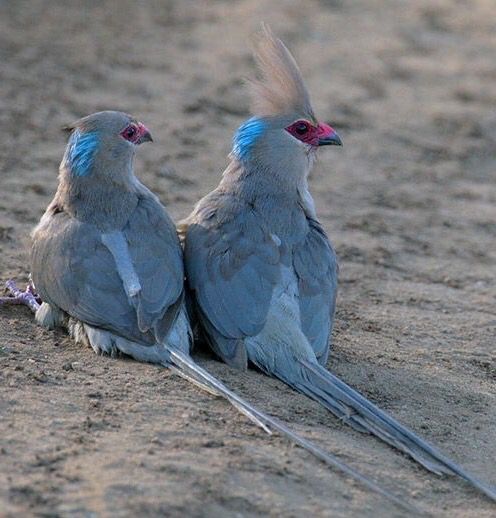The Blue-Naped Mousebird, or Urocolius macrourus, is a unique and fascinating bird species native to Africa. These small, plump birds are known for their distinctive appearance and interesting behavior, making them a popular subject for birdwatchers and nature enthusiasts alike.
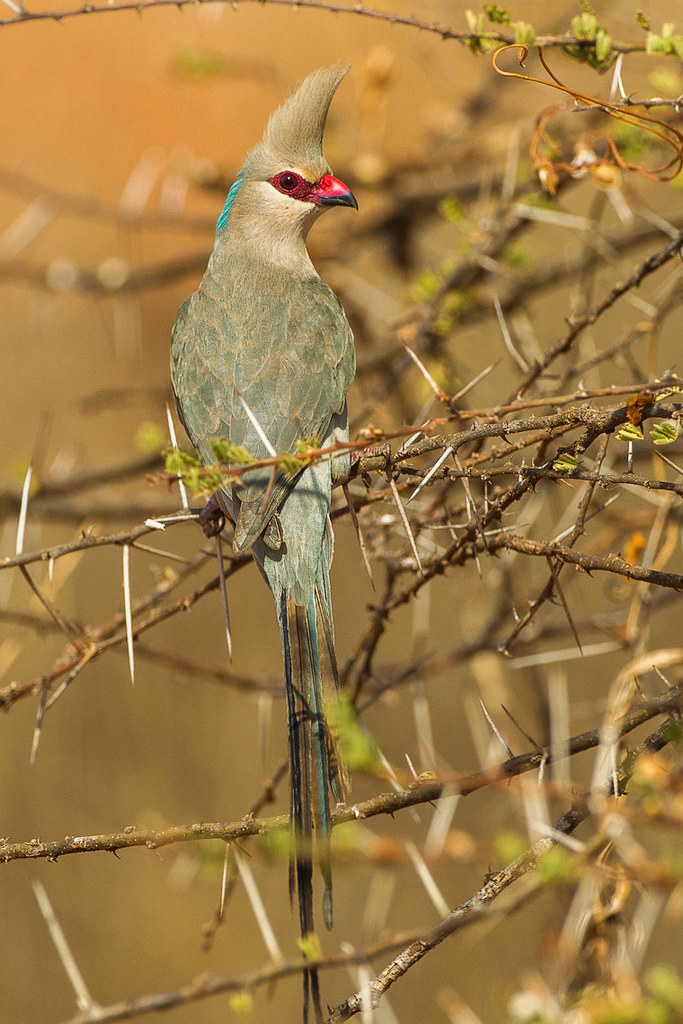
One of the most striking features of the Blue-Naped Mousebird is its vivid blue nape, which contrasts sharply with the bird’s brownish-grey body. These birds are approximately 30cm in length and have a long, thin tail that can be up to twice the length of their body. They also have a distinctive, curved beak that is well-suited for feeding on fruit, seeds, and insects.
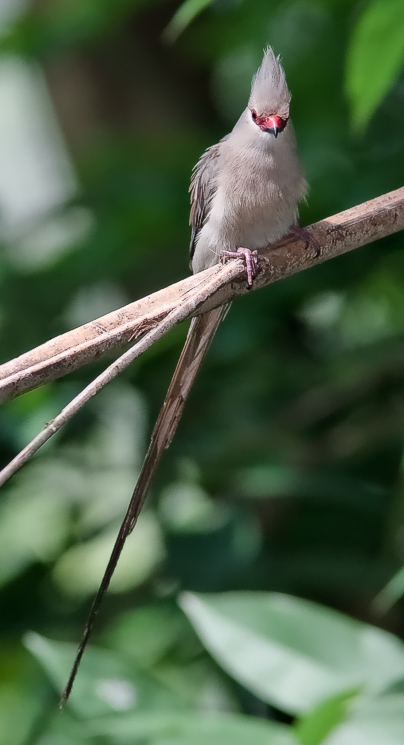
Blue-Naped Mousebirds are social birds that typically live in small groups of up to 10 individuals. They are known for their acrobatic abilities, which they use to move quickly and skillfully through the trees and bushes where they live. These birds are most commonly found in arid and semi-arid habitats, such as savannas, woodlands, and scrublands.
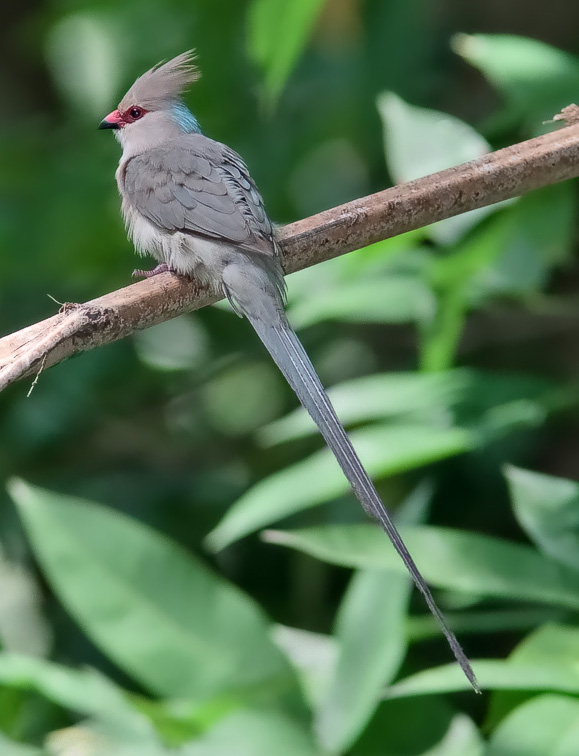
The Blue-Naped Mousebird is classified as a species of least concern by the International Union for Conservation of Nature (IUCN). This is due in part to the fact that these birds have a relatively wide distribution and are not currently facing any major threats. However, like many bird species, they may be impacted by habitat loss and degradation in the future.
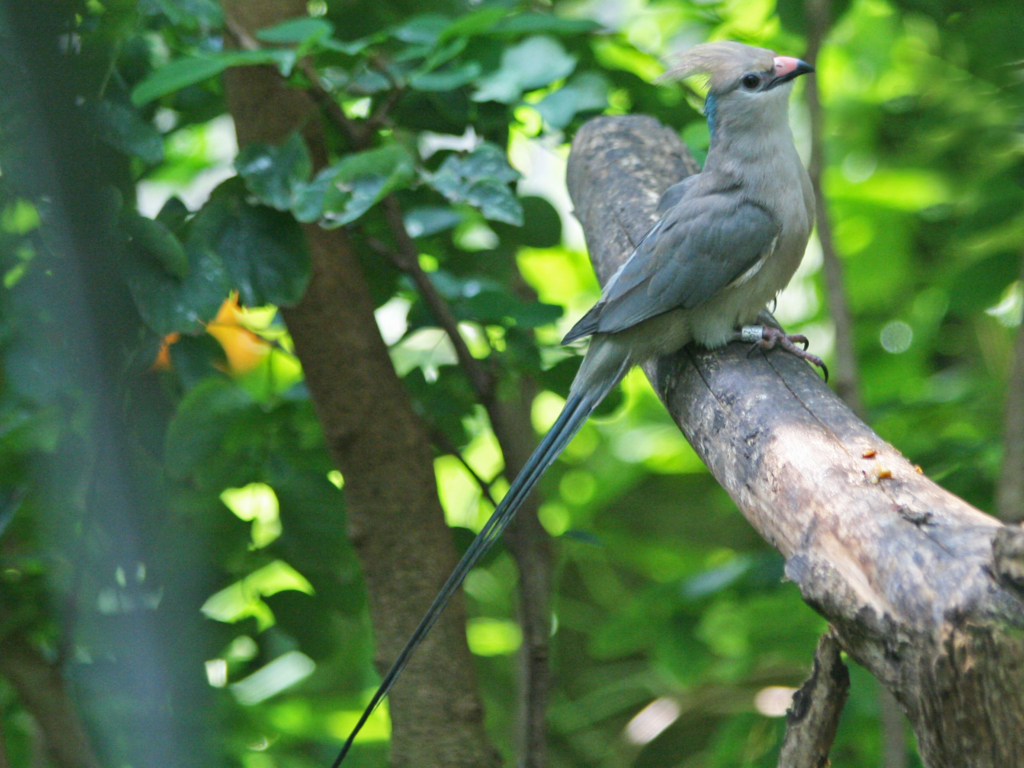
The Blue-Naped Mousebird is a fascinating avian species with a unique appearance and interesting behavior. While not currently endangered, these birds may face challenges in the future due to habitat loss and other factors. As such, it is important for researchers, conservationists, and nature enthusiasts to continue to study and appreciate these birds in order to ensure their long-term survival.
